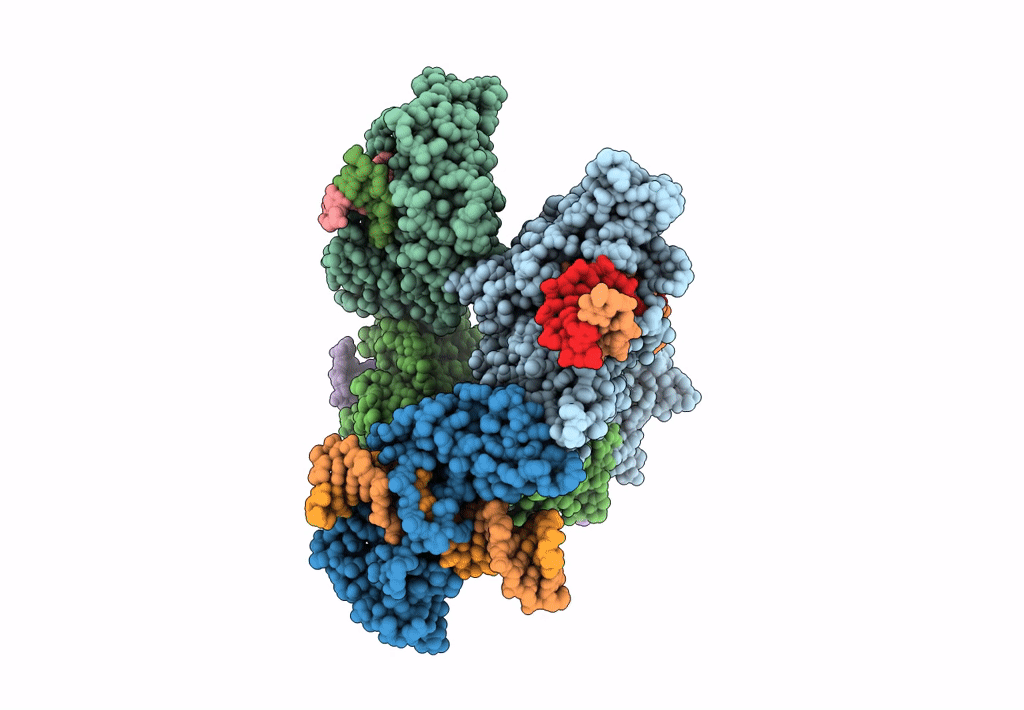
Deposition Date
2022-10-06
Release Date
2023-03-22
Last Version Date
2024-06-19
Entry Detail
PDB ID:
8EPX
Keywords:
Title:
Type IIS Restriction Endonuclease PaqCI, DNA bound
Biological Source:
Source Organism:
Paucibacter aquatile (Taxon ID: 2070761)
DNA molecule (Taxon ID: 2853804)
DNA molecule (Taxon ID: 2853804)
Host Organism:
Method Details:
Experimental Method:
Resolution:
3.15 Å
Aggregation State:
PARTICLE
Reconstruction Method:
SINGLE PARTICLE


